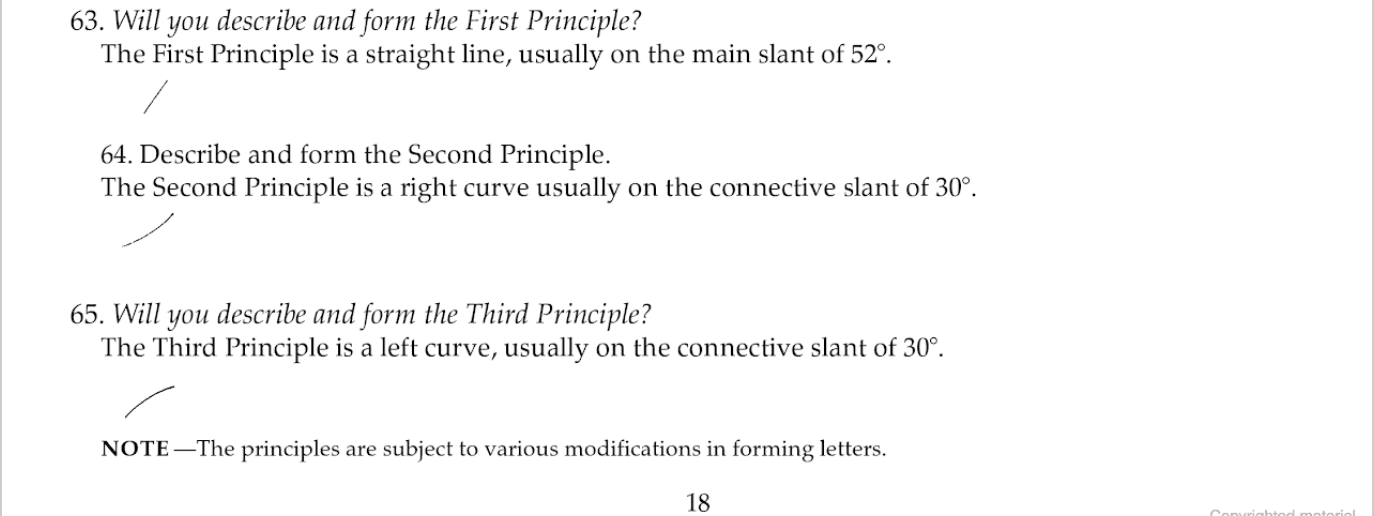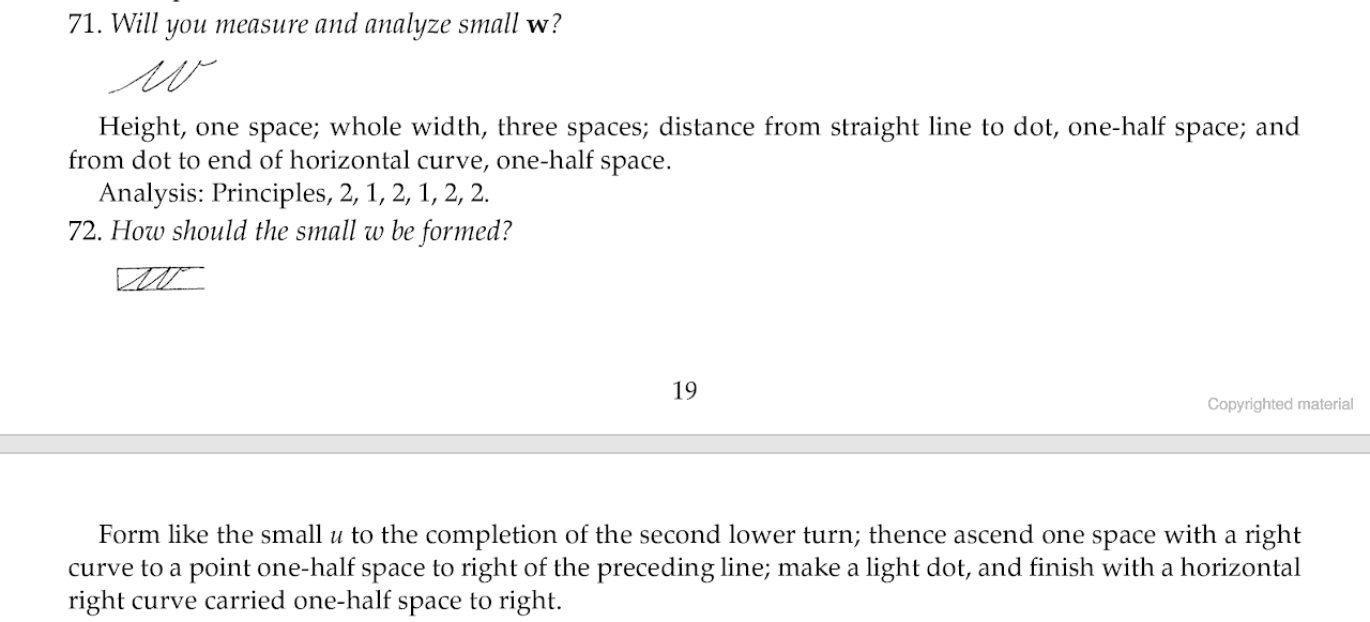On Euclidean Pedagogy
- 3 minutes read - 439 wordsAs I mentioned in my piece about the textbook of schoolgirl Maud Fenstermaker, I am fascinated by the old-style of pedagogy from the late 19th century which continues to use the axiomatic listing styles of Euclid’s Elements.
While it might not be surprising that a book on English Grammar or Latin Grammar or Geometry would retain this structure, even a book on penmanship used this format. I recently borrowed “Spencerian Handwriting: The Complete Collection of Theory and Practical Workbooks for Perfect Cursive and Hand Lettering” by Platt Rogers Spencer" from the NYPL and, to my great surprise, this is also written in an axiomatic style.
More after the jump
These documents retain the axiom-driven pedagogy associated with Euclid’s Elements, that surely ruled much of education from Euclid’s time to that point, while putting the lessons in the artifact of a “book,” a medium whose design and purpose I have been educated in understanding. These books are thus a way to look back at the pedagogical style of the previous millennia in a way that still feels graspable now.
So in Euclid we see something like this:
| Definition Number | Body |
|---|---|
| 1 | A point is that which has no part. |
| 2 | A line is breadthless length. |
| 3 | The ends of a line are points. |
| 4 | A straight line is a line which lies evenly with the points on itself. |
| 5 | A surface is that which has length and breadth only. |
| 6 | The edges of a surface are lines. |
To my great surprise, even a book on handwriting features the same structure.


| Definition Number | Body |
|---|---|
| 63 | The First Principle is a straight line, usually on the main slant of 52° |
| 64 | The Second Principle is a right curve usually at a slant of 30° |
| ... | ... |
| How will you measure and analyze small w? | Height, one space; whole width, three spaces...Analysis: Principles, 2, 1, 2, 1 |
Emphasis above, mine
Based on my experience designing curricula built on the axiomatic pedagogical model, I’m sad to say that it doesn’t seem to be as successful as we might like it to be.
I believe the problem is related to the proverbial “curse of knowledge” that experts have. While it’s possible for us to “hold” the atomic definitions in our mental scratch space that are used to construct the macro-level abstractions. Research suggests that beginners are wholly unable to do similarly.
As a result, it’s inappropriate for us to order lessons in this fashion that are expert/beginner targeted. For expert/expert, it’s a wonderful approach for outlining and summarizing in expert to expert communication, however in expert to tyro communication, its track record is less compelling.